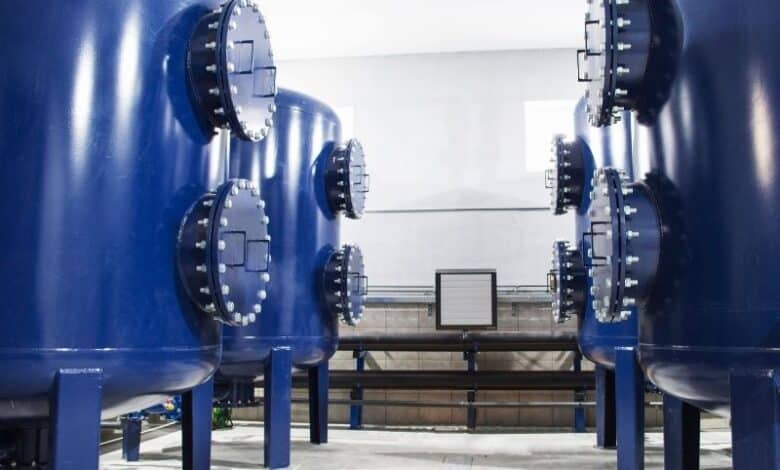
Water treatment processes have become essential in addressing the growing demand for clean and safe water. Among the numerous technologies available, multimedia filtration stands out as an effective and reliable solution for removing contaminants. This innovative system involves layers of different filtration media to ensure superior water quality. It is widely used in various applications, ranging from industrial processes to residential water treatment. Multimedia filtration not only improves water clarity but also removes suspended solids, reducing the burden on subsequent treatment stages.
One of the primary reasons for the popularity of multimedia filtration is its layered design, which allows it to target particles of various sizes efficiently. Unlike conventional filters that use a single medium, multimedia filters incorporate layers such as anthracite, sand, and garnet. These materials are arranged based on their density, with the coarsest medium on top and the finest at the bottom. This configuration enables the system to handle larger loads of contaminants without clogging quickly. Furthermore, multimedia filter systems offer longer service runs and higher filtration rates, making them cost-effective solutions. Learn more about these advanced systems by visiting multimedia filter systems.
The versatility of multimedia filtration makes it suitable for diverse applications. It is commonly used in pre-treatment for reverse osmosis systems, cooling towers, and irrigation systems. These filters are also an integral part of municipal water treatment plants, ensuring that water meets regulatory standards for safety and cleanliness. Industries that require high-quality process water, such as pharmaceuticals and food and beverage production, rely on multimedia filter systems to maintain product integrity and operational efficiency. The ability to handle a wide range of flow rates and water qualities further enhances their appeal across various sectors.
Operational simplicity is another key advantage of multimedia filtration. These systems are relatively easy to install and maintain. Automatic backwashing cycles ensure that the filtration media remains effective over time, requiring minimal operator intervention. Moreover, the use of durable materials in construction ensures that the filters have a long service life, reducing overall maintenance costs. As industries and municipalities increasingly adopt environmentally sustainable practices, multimedia filtration proves to be a valuable asset due to its water conservation benefits during backwashing.
In addition to their performance, multimedia filters are also favored for their adaptability to different water treatment needs. For example, specific media can be customized to address unique challenges, such as removing iron, manganese, or other dissolved impurities. This flexibility allows engineers to design systems that meet the specific requirements of their projects. As water scarcity and quality concerns continue to grow globally, the demand for reliable and efficient treatment methods like multimedia filtration is expected to rise significantly.
